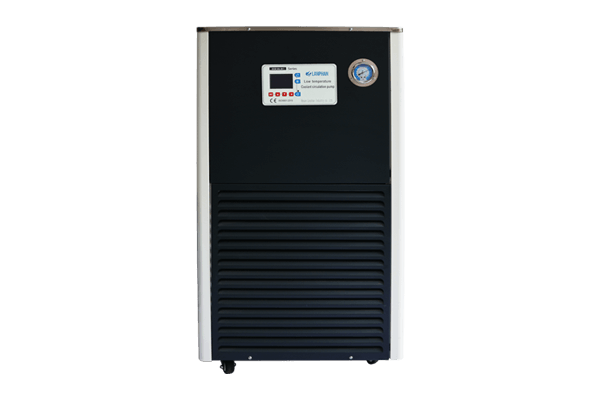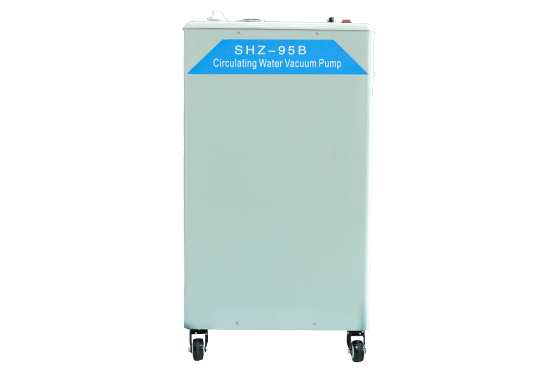What is a rotary evaporator used for?
A rotary evaporator is a device used to separate components of a mixture. It operates by rotating and heating the liquid sample, causing the solvent to evaporate and leaving behind the pure solute. In laboratories, it’s commonly employed for concentrating solutions, isolating compounds, solvent removal, and sample preparation. In chemical engineering, rotary evaporators find extensive use in industries like pharmaceuticals, food, and chemicals for solvent recovery, distillation, and purification processes.
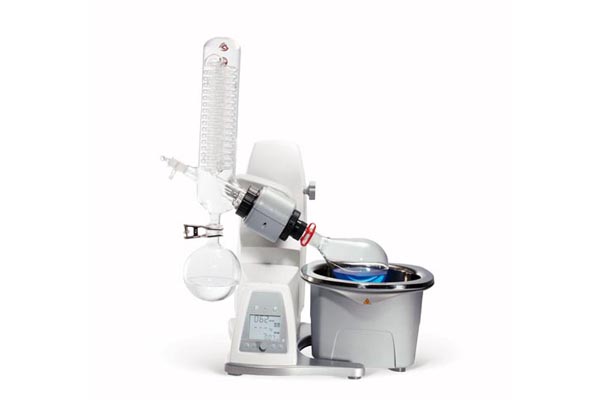
1L Rotary Evaporator
Glass Material: GG-17
Vacuum Degree: 0.098Mpa
Rotating Speed: 0-120rpm/0-180rpm
Heating Power: 1KW/1.5KW
Temperature Accuracy: ±1℃
Up and Down Distance: 120mm
Package Weight (KG): 21/26kg
Up and Down Mode: Automatic, manual
Volume of Rotary Bottle: 0.25-2L 24#Standard Aperture
Volume of Recycling Bottle: 0.5L/1L 24#,1L 35# Standard Aperture
3L Rotary Evaporator
Model: RE-301,RE-3000E
Glass Material: GG-17
Voltage: 220V/50Hz
Lifting Stroke: 120mm
Temperature Accuracy: ±1℃
Rotating Power: 40W Brushless Electric Machine
Rotary Bottle Volume: 3L ¢50 flange aperture
Volume of Recycling Bottle: 2L 35# ground aperture
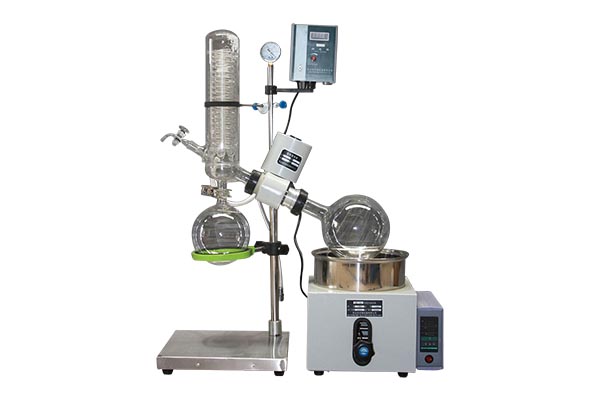
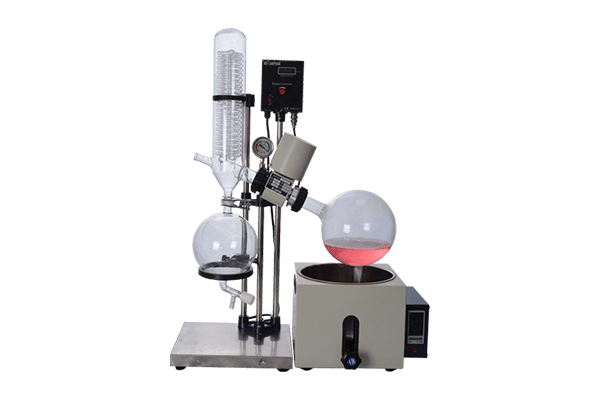
5L Rotary Evaporator
Rotating Speed:0-120rpm
Glass Material:GG-17
Vacuum Display Mode:Vacuum Meter
Up and Down Distance:120mm
Rotate Speed Display Mode:Digital Display
Heating Power:2kw
10-30L Rotary Evaporator
Power/Voltage: 220V/50Hz ( customizable)
Heating Bath: Stainless Steel Water/oil Bath
Vacuum Degree: ≤0.1Mpa
Rotary Speed (rpm): 20-195
Lifting Distance (mm): 0~200
Temperature Control Accuracy: ±1℃
Rotating Speed Display Mode: Digital Display
Lifting function: Electric lifting/Electric + manual lifting
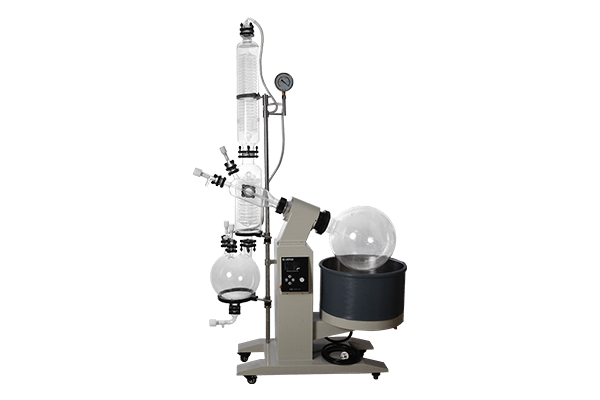
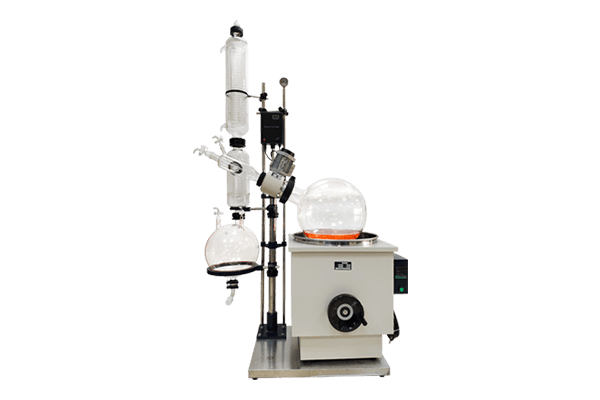
50-100L Rotary Evaporator
Support Material: Stainless steel
Optimum Ambient Temperature (℃): 5~25
Rotary motor: 120w-300w
Rotary Speed (rpm): 0~110
Vacuum Degree: ≤0.098Mpa
Lifting Distance (mm): 0~180
Lifting function: Electric lifting/Electric + manual lifting
Volume of Rotary Bottle: 50LØ125 flange aperture/100L Ø180 flange aperture
Turnkey Package
Get a quote now!
Is rotary evaporator same as distillation?
- Principle:
- Distillation: Distillation separates components in a mixture based on differences in their boiling points. The mixture is heated to at least one component’s boiling point, and the vapor is then condensed and collected to separate the components.
- Rotary evaporators: These are primarily used to remove solvents from solutions, commonly employed in laboratories and industries for concentrating, separating, and purifying compounds. They work by heating the sample under vacuum and forming a thin film inside a rotating flask to evaporate the solvent from the solution.
- Application:
- Distillation: Distillation finds wide applications in the purification of alcohol, petroleum, and other industrial products, as well as in desalination and purification of drinking water.
- Rotary evaporators: These are typically used in chemical synthesis, pharmaceuticals, food science, and other fields for concentrating or separating compounds in samples.
- Operation:
- Distillation: Distillation usually requires a heat source and cooling system, making the operation relatively complex.
- Rotary evaporators: They typically employ a vacuum system and work by rotating the flask and heating the sample to evaporate the solvent. The operation is relatively straightforward and more suitable for small-scale operations in laboratories.

